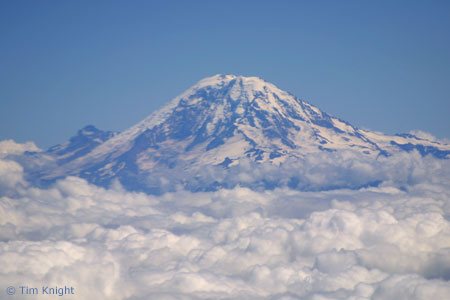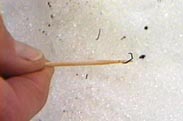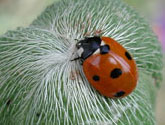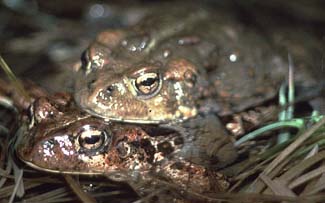
Home |
About Us |
How to Participate |
Biodiversity Modules |
Projects |
Maps |
News |
Resources

Home |
About Us |
How to Participate |
Biodiversity Modules |
Projects |
Maps |
News |
Resources
|
Definition of "Unvegetated" - General Code 100: Less than 10% vegetation cover. Excludes agricultural and, developed areas, and open water. Refers mostly to large areas of bare rock, saline flats, and permanent snow and ice fields. |
Unvegetated: Glacier (120)
 | Descriptive Habitat Code: The glaciers on Mt. Rainier are Unvegetated (1), with permanent Ice/Snow (20)
Photo: Tim Knight |
 Ice worms Photo: AVP |
Distribution and Habitat: Ice worms are found in glaciers. Diet: Interesting fact: |
 Lady beetles (aka Ladybugs) Photo: TFK |
Distribution and Habitat: Ladybugs are found all over the world. They have many different patterns. Diet: Interesting fact: |
 Western toad Bubo boreas Photo: KM |
Distribution and Habitat: The Western toad has been found on top of glaciers in Alaska. It is also found in the lower 48 states. Diet: Interesting fact: |
Home |
About Us |
How to Participate |
Biodiversity Modules |
Projects |
Maps |
News |
Resources